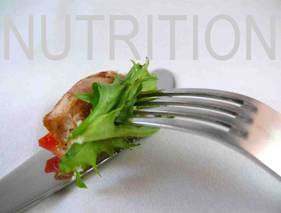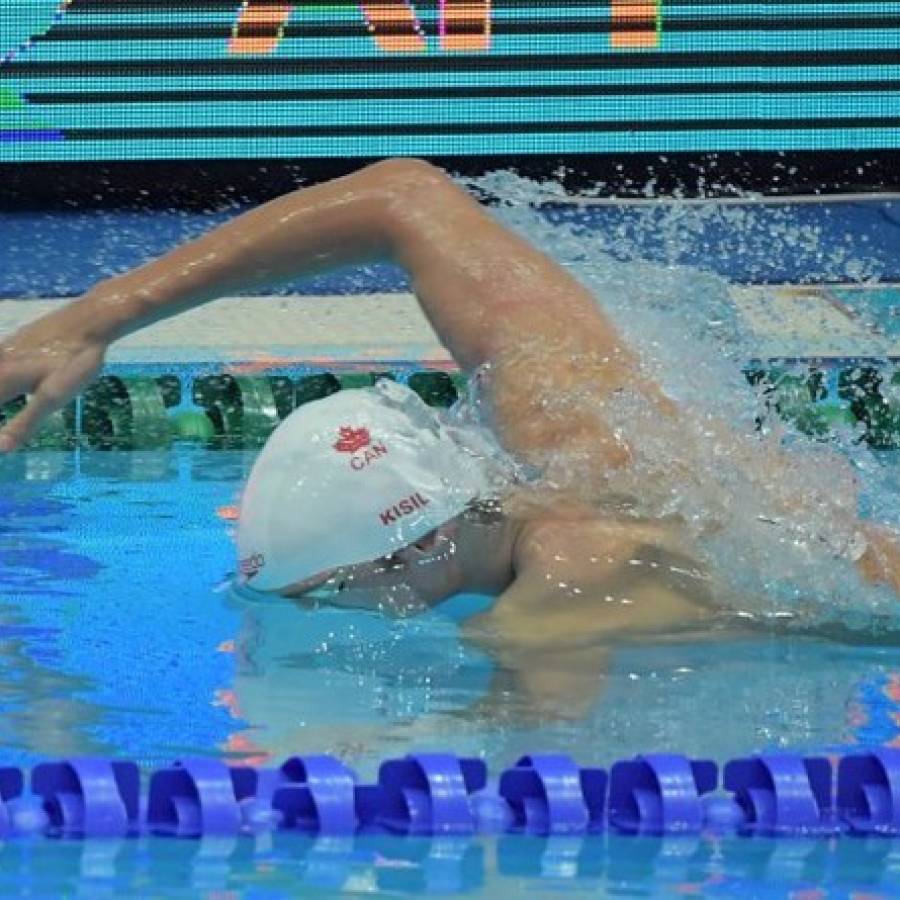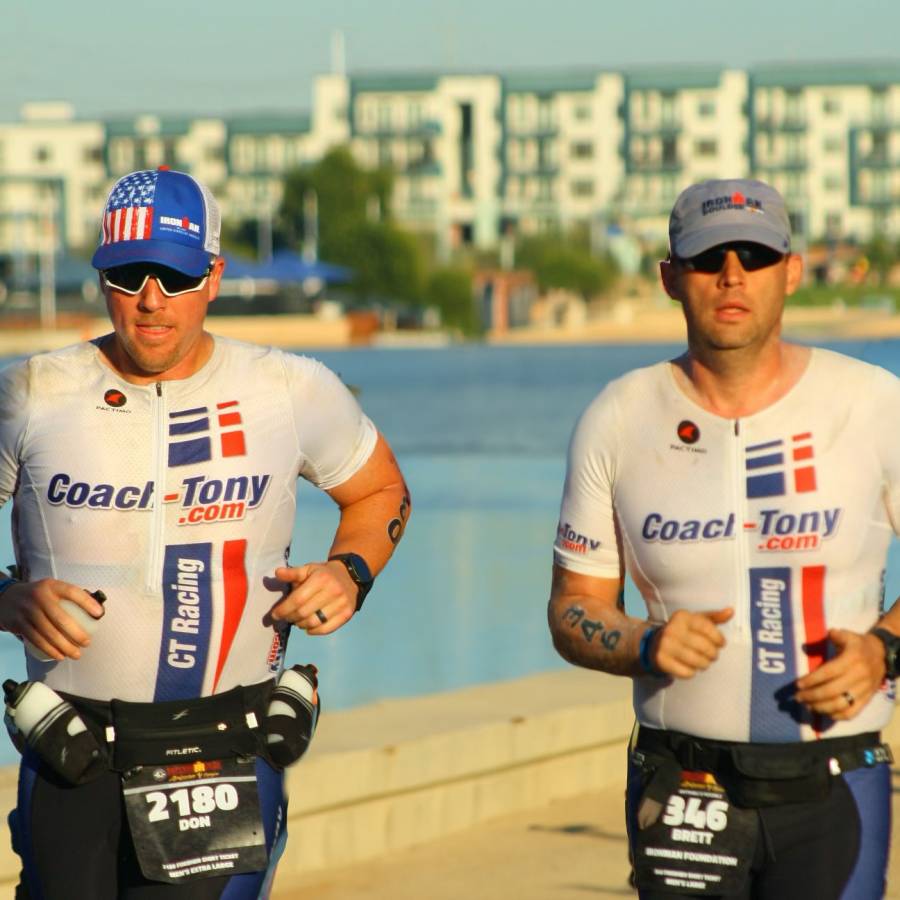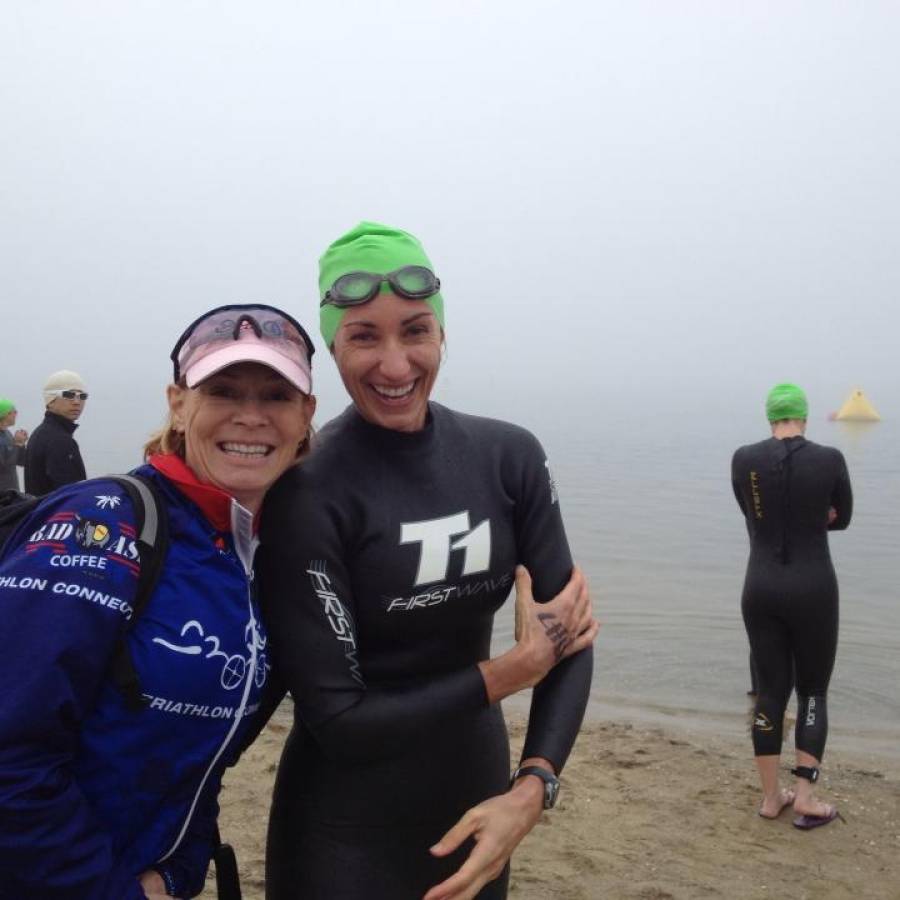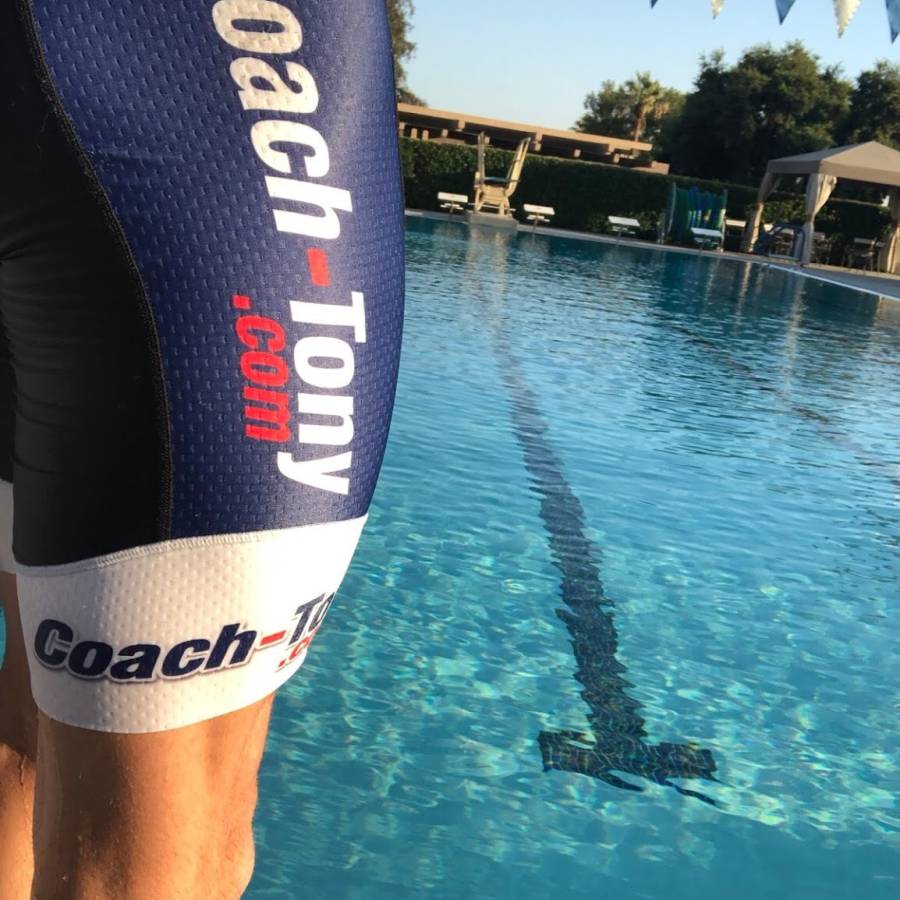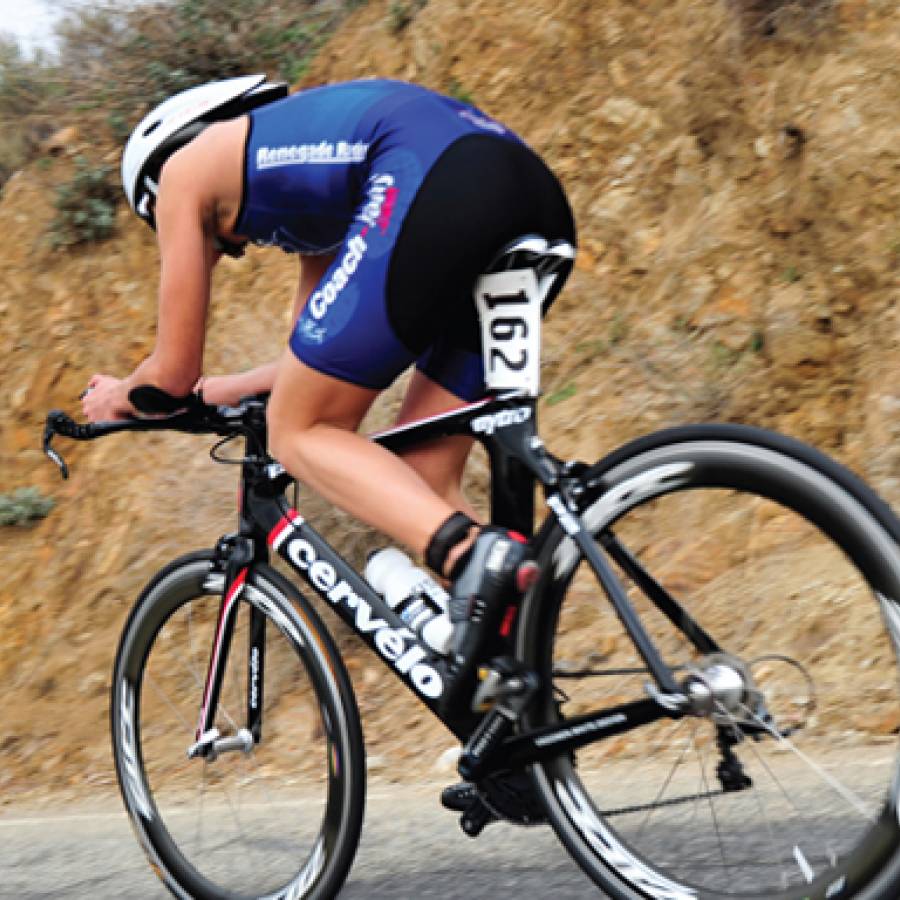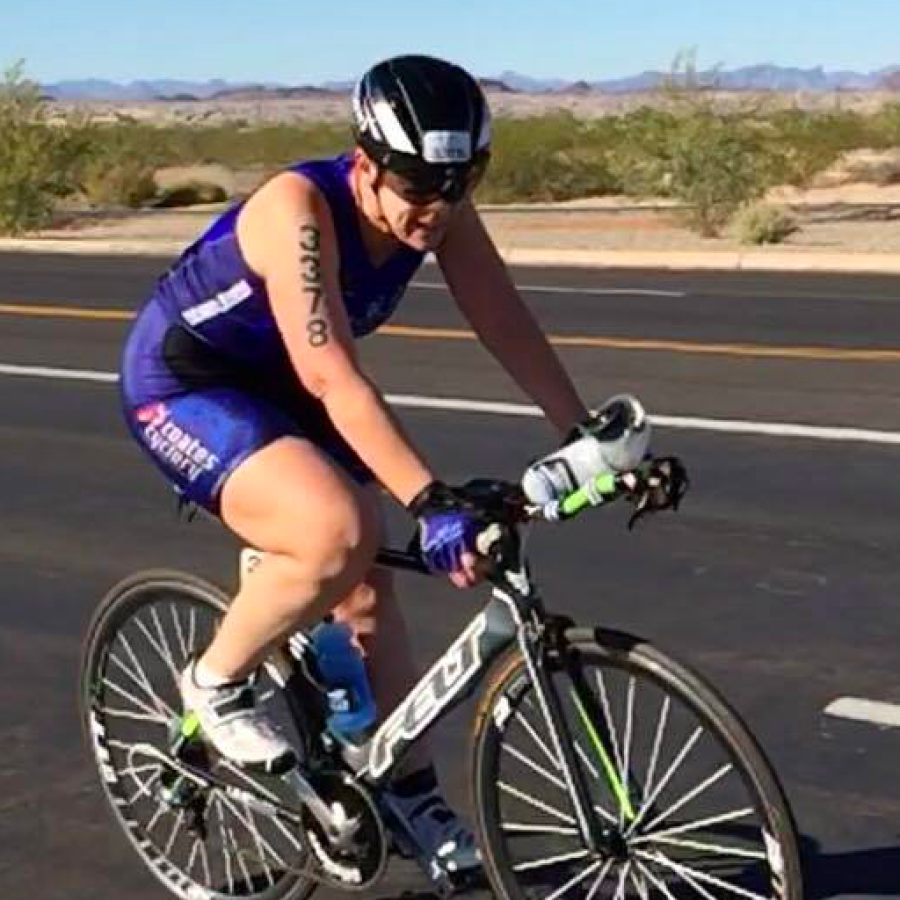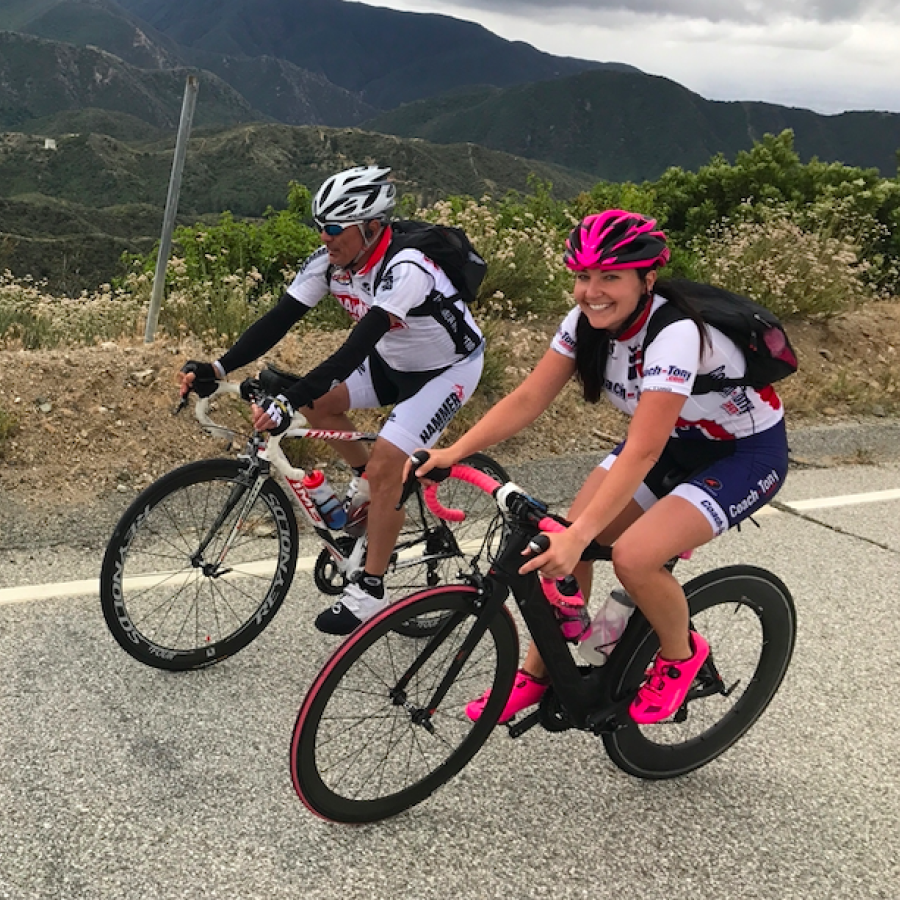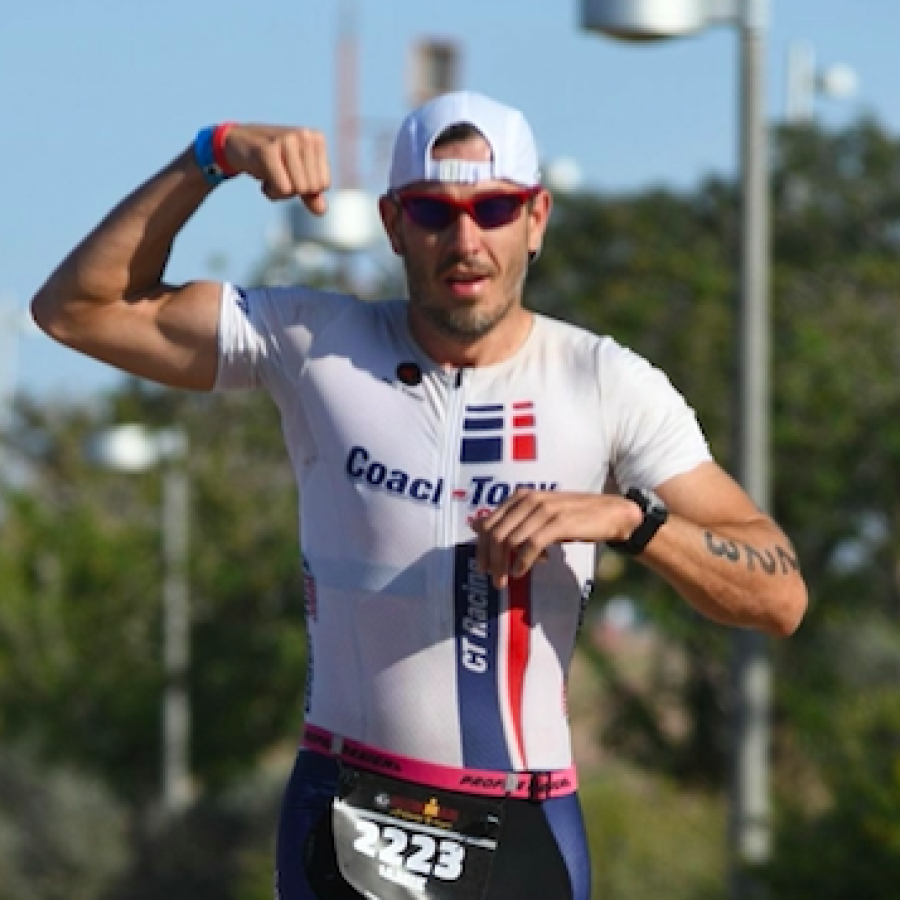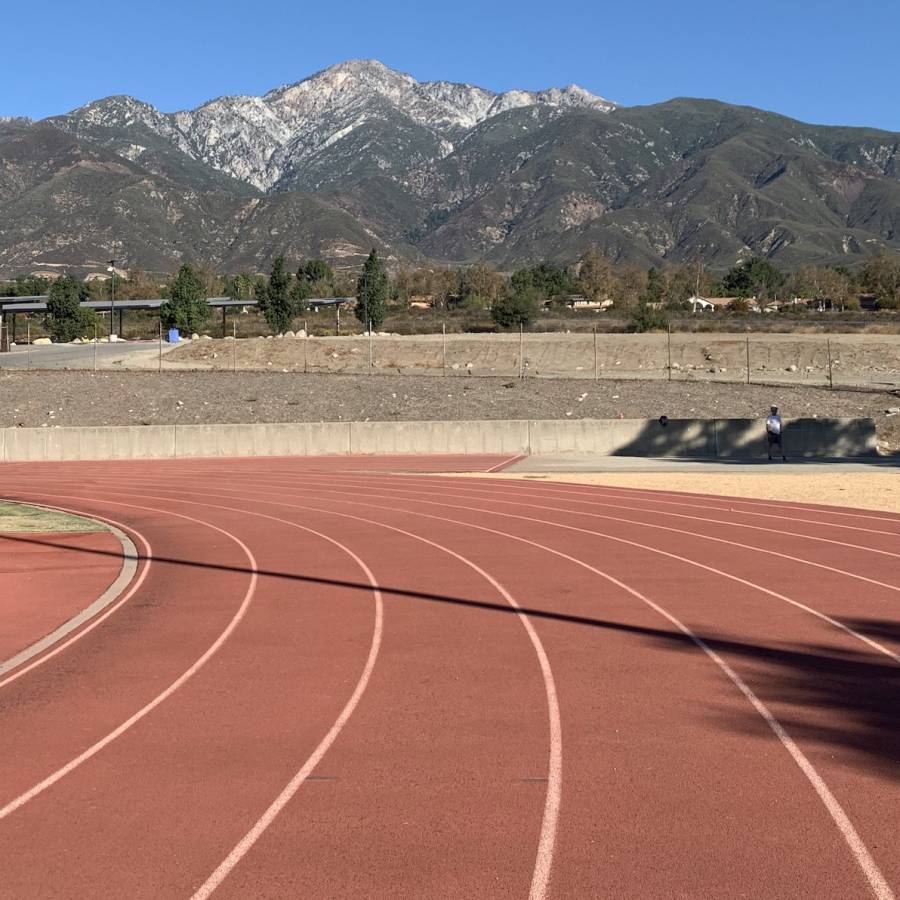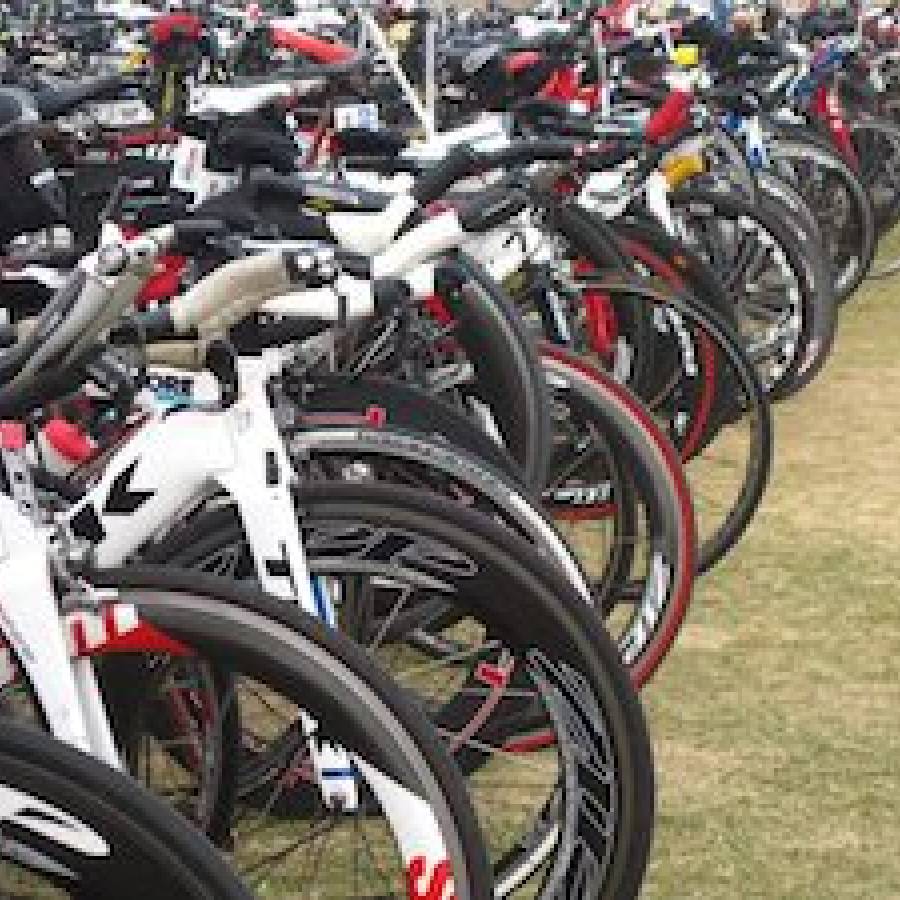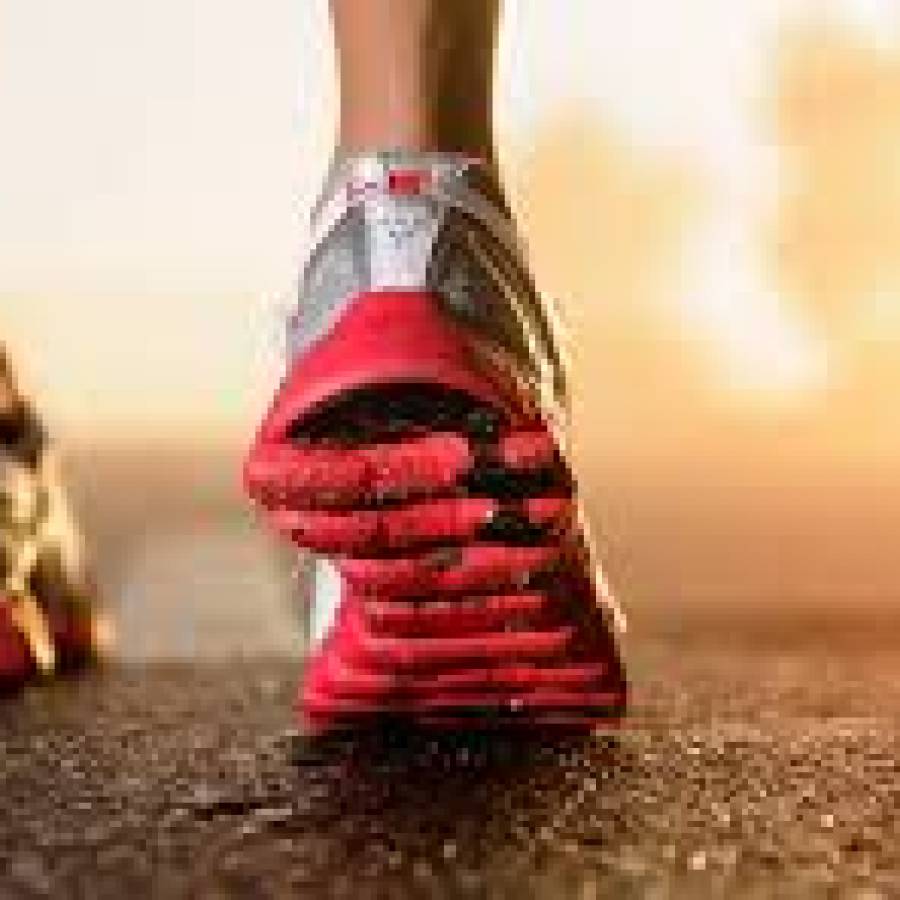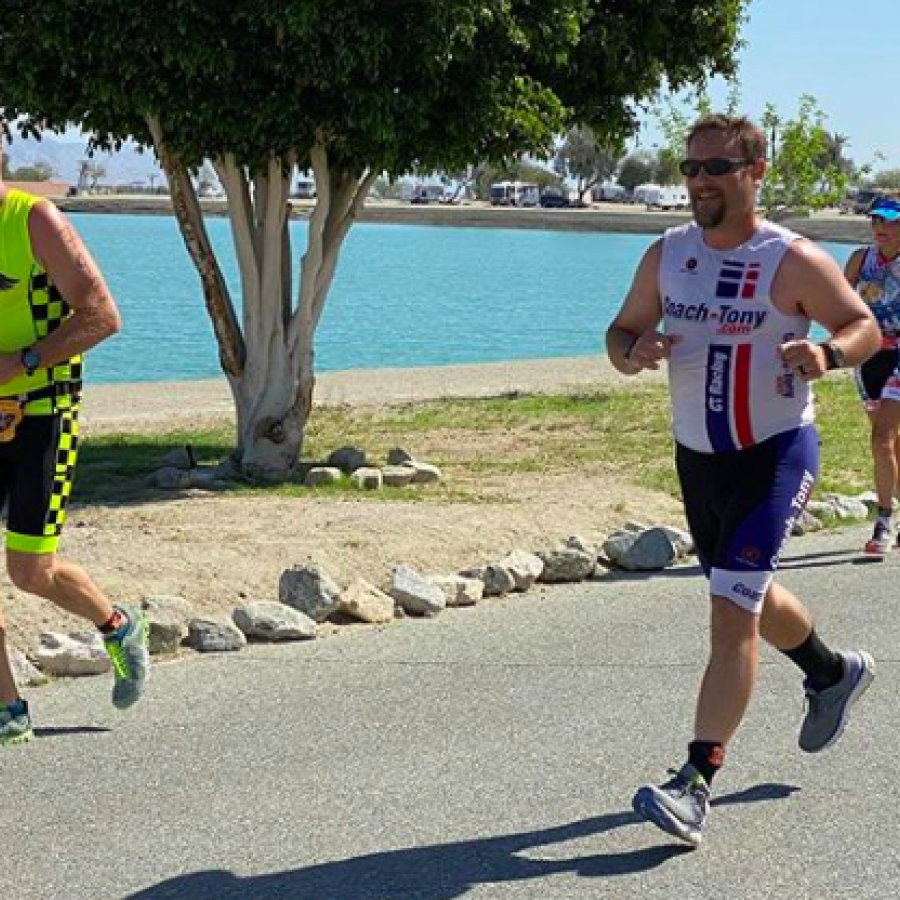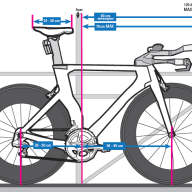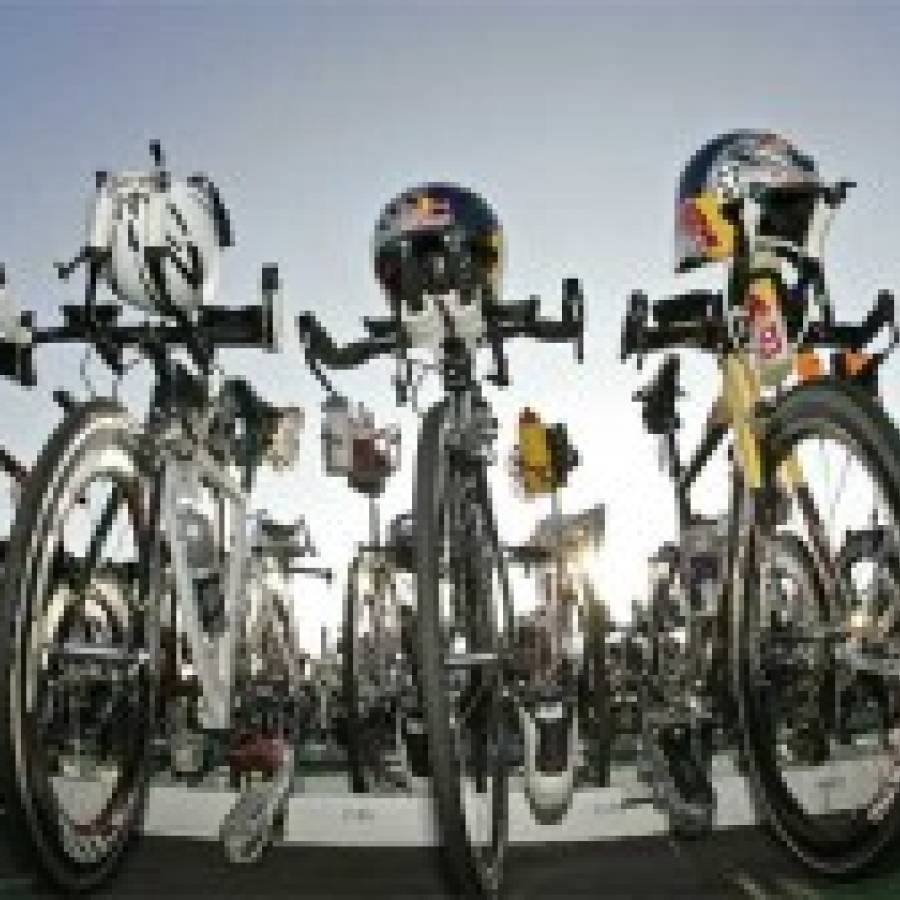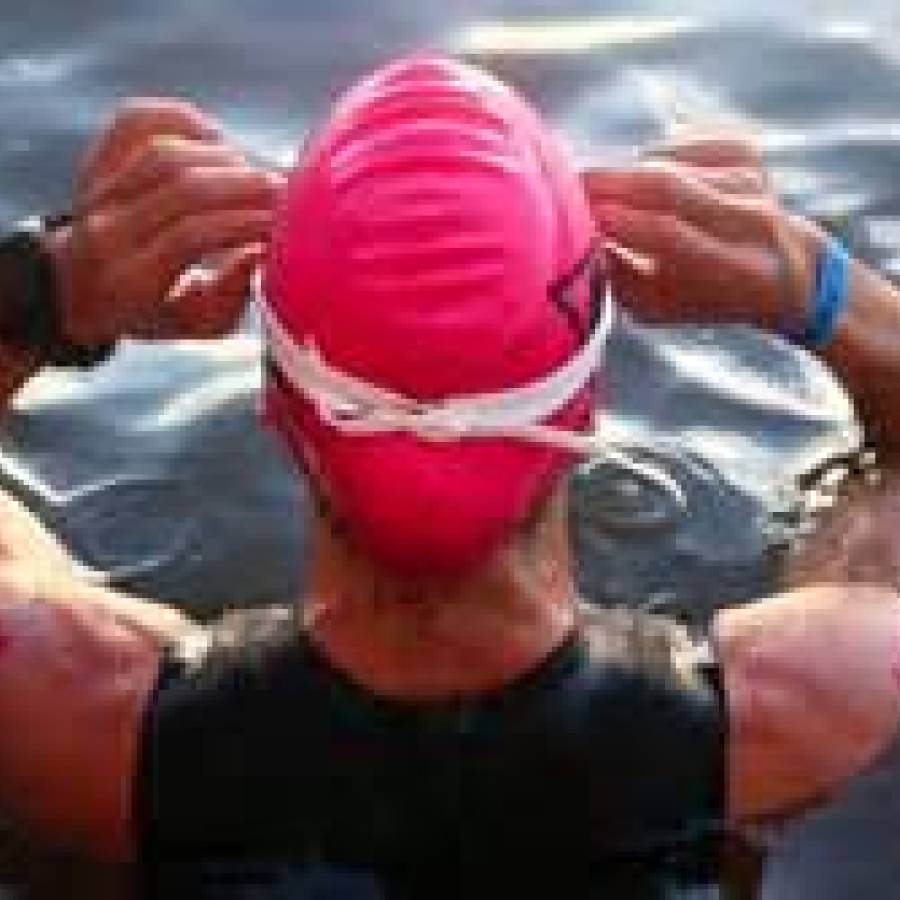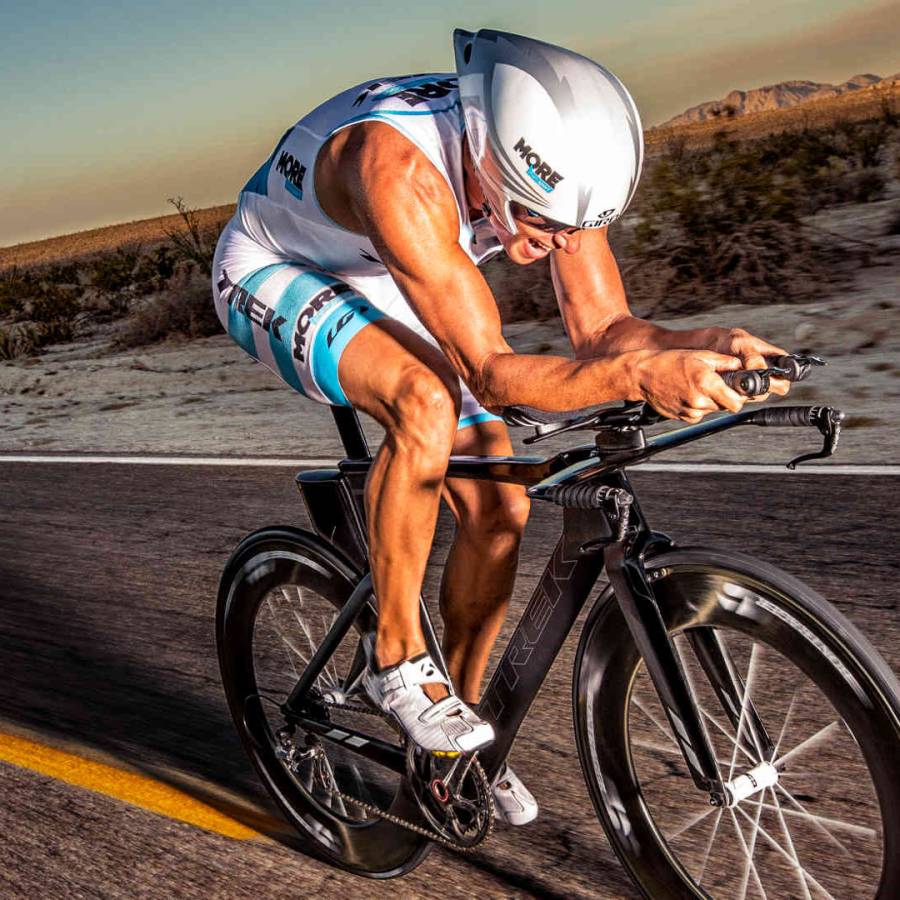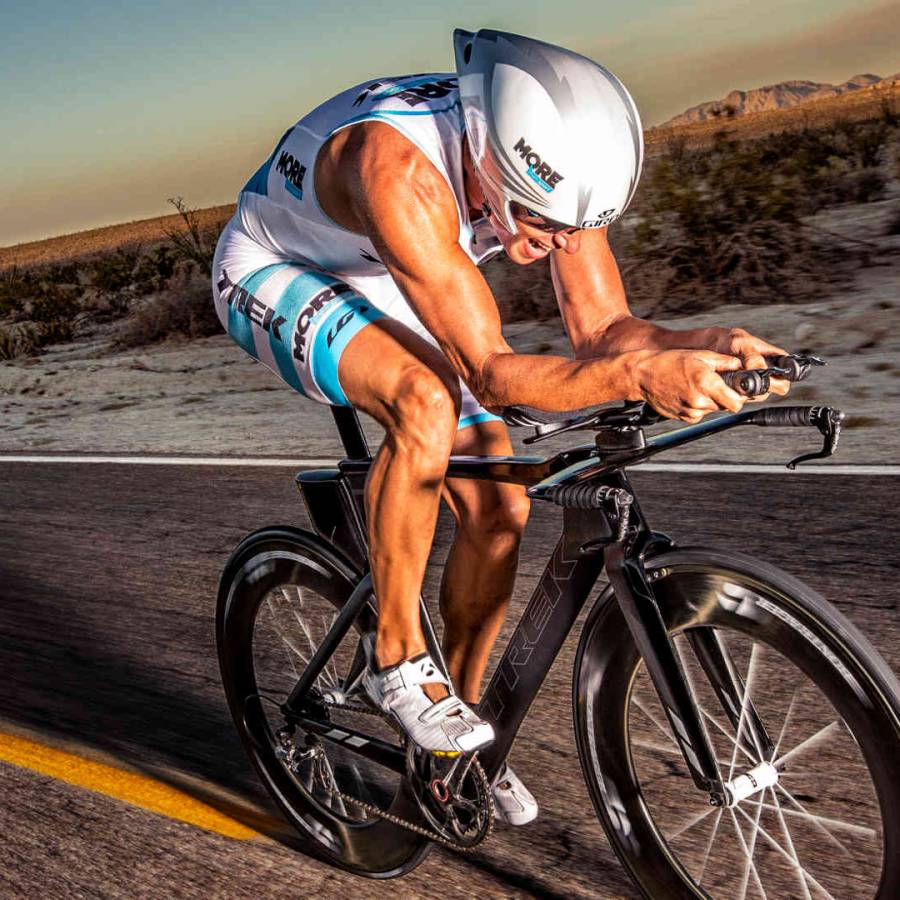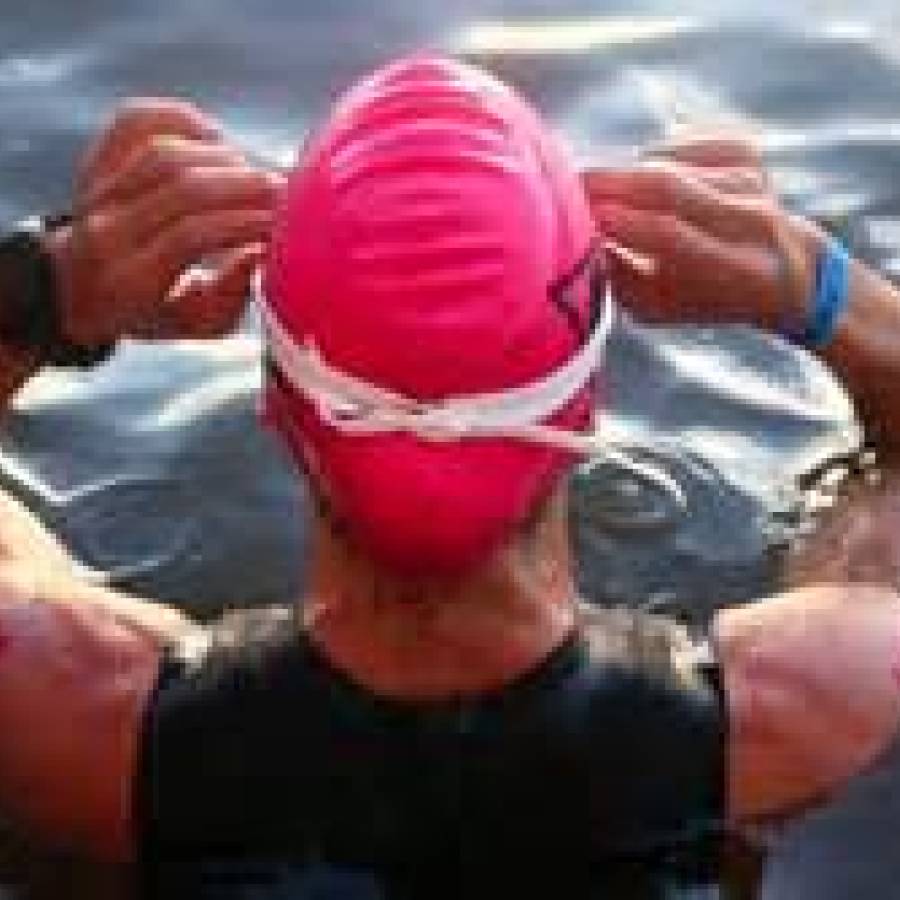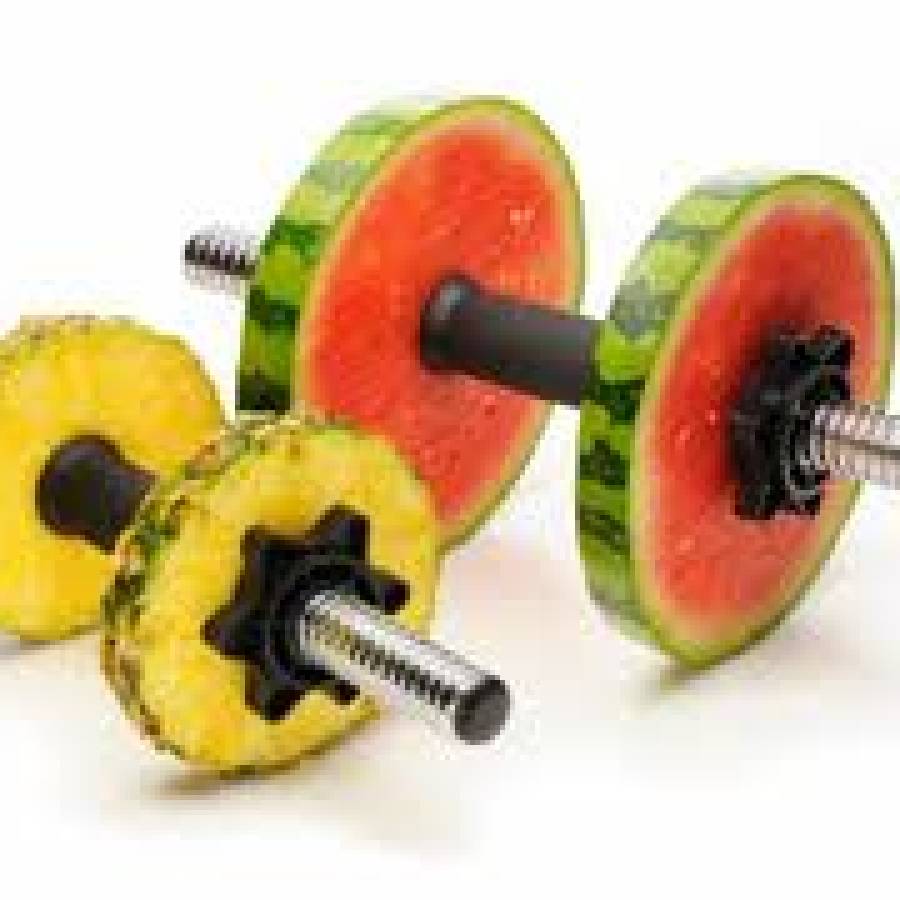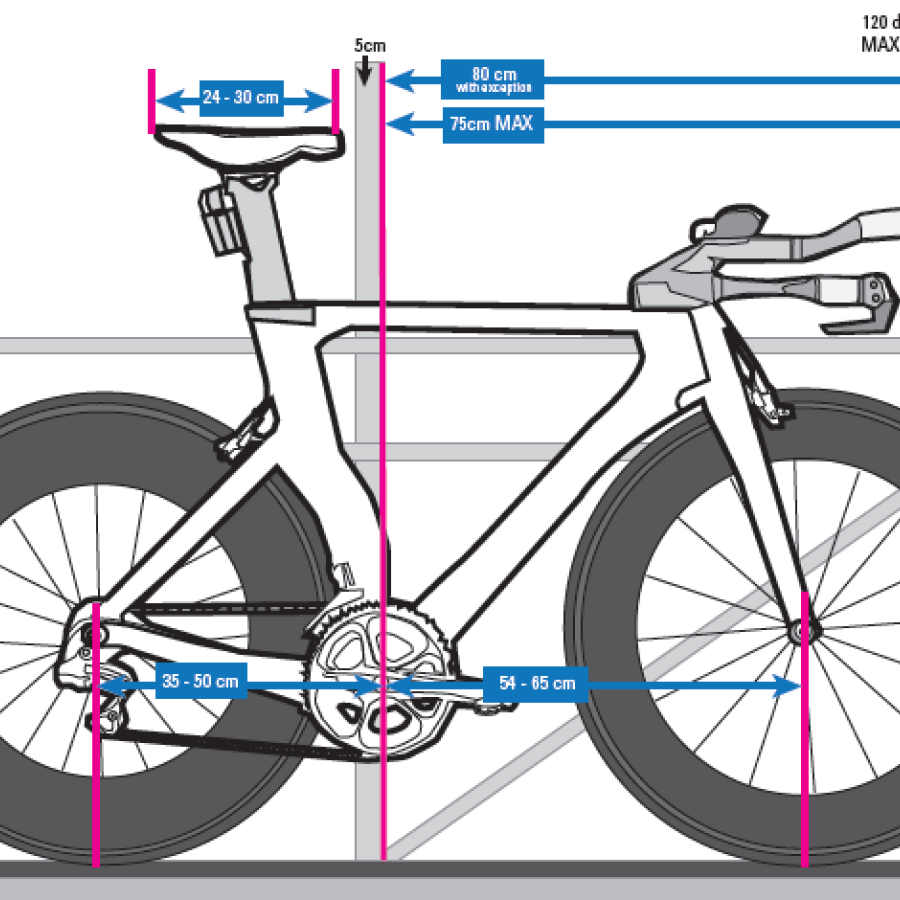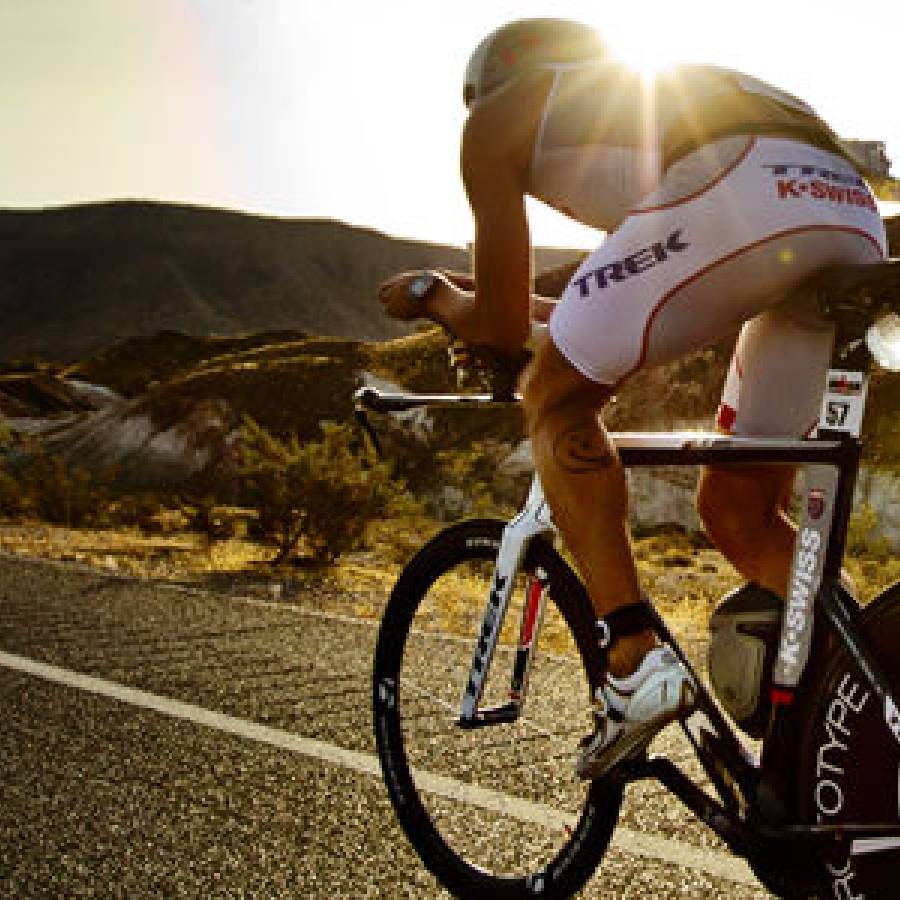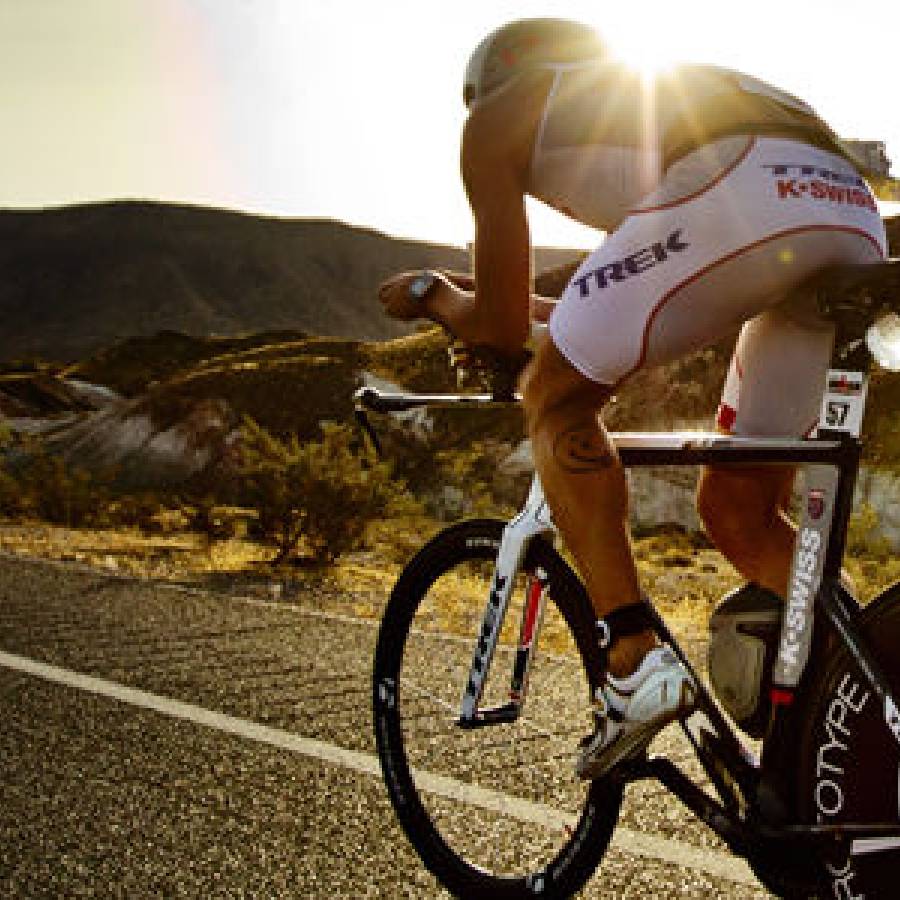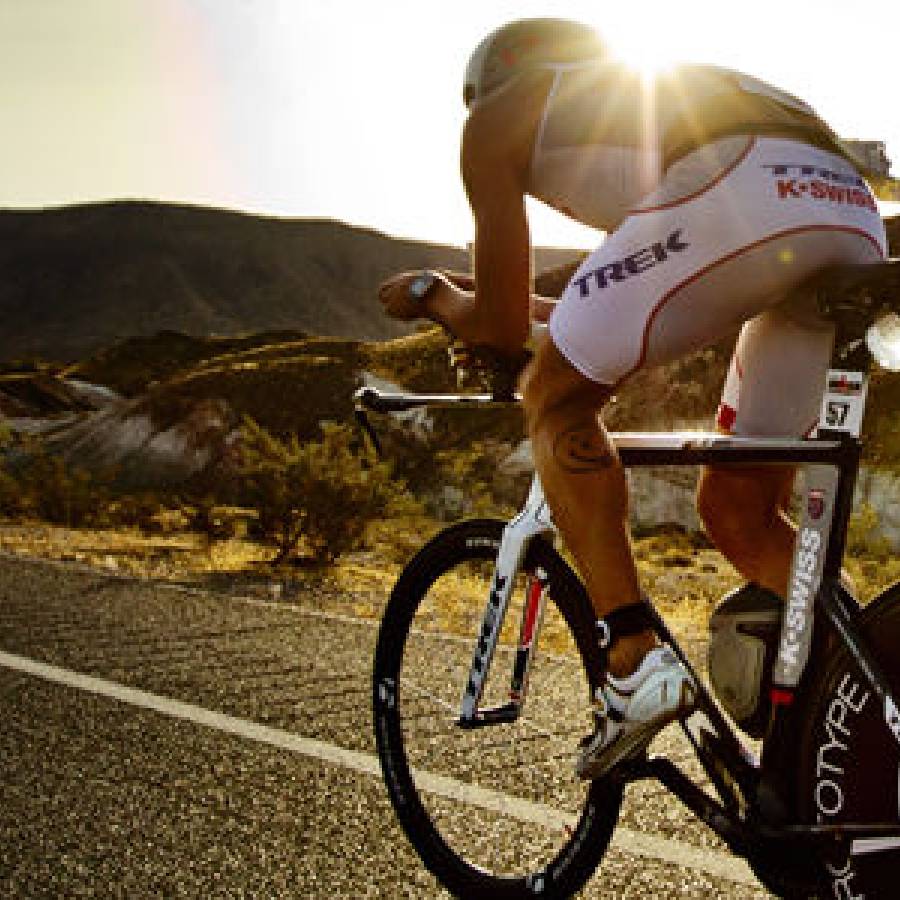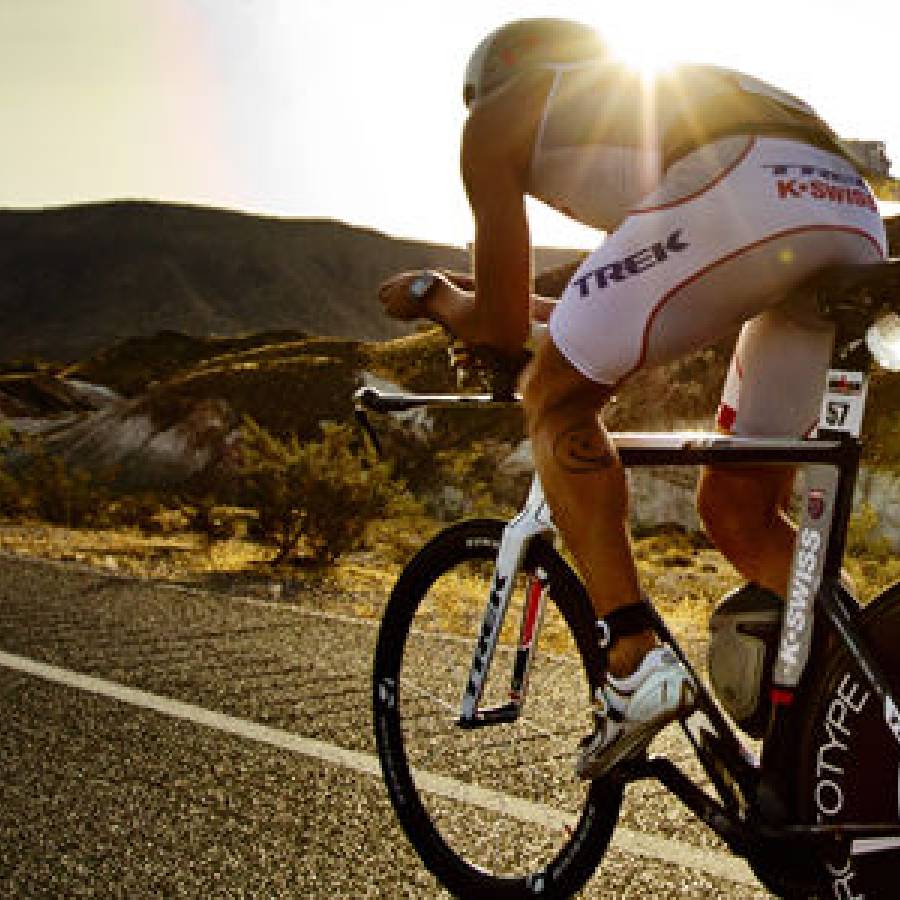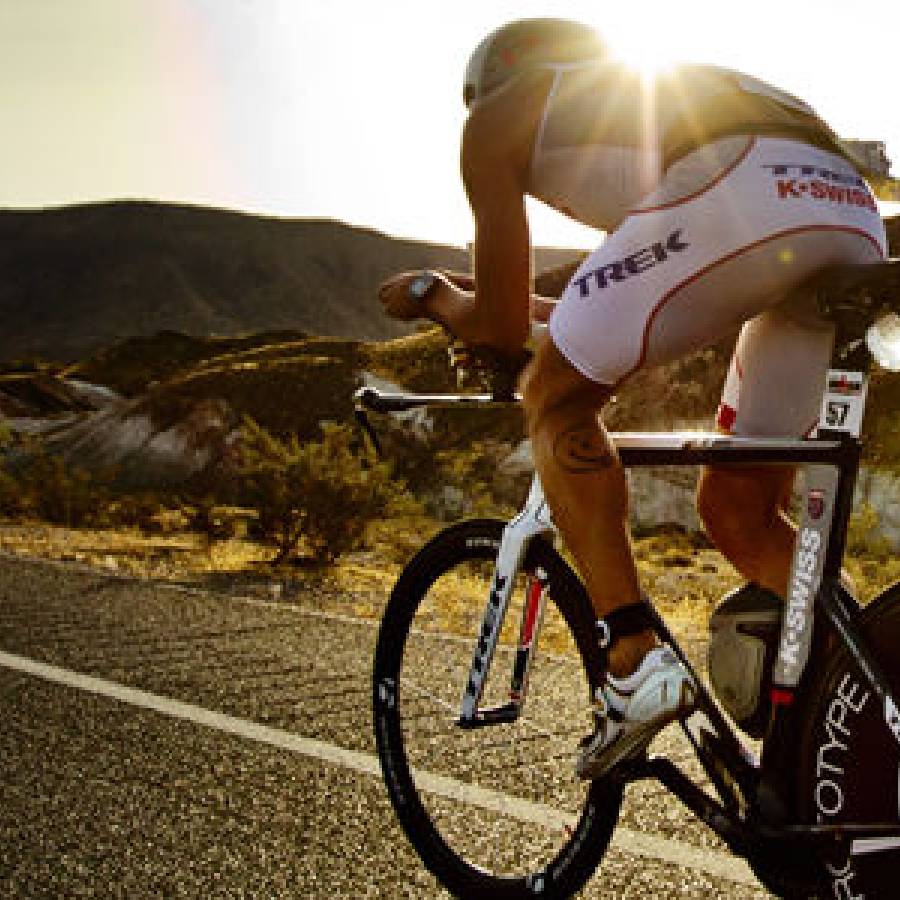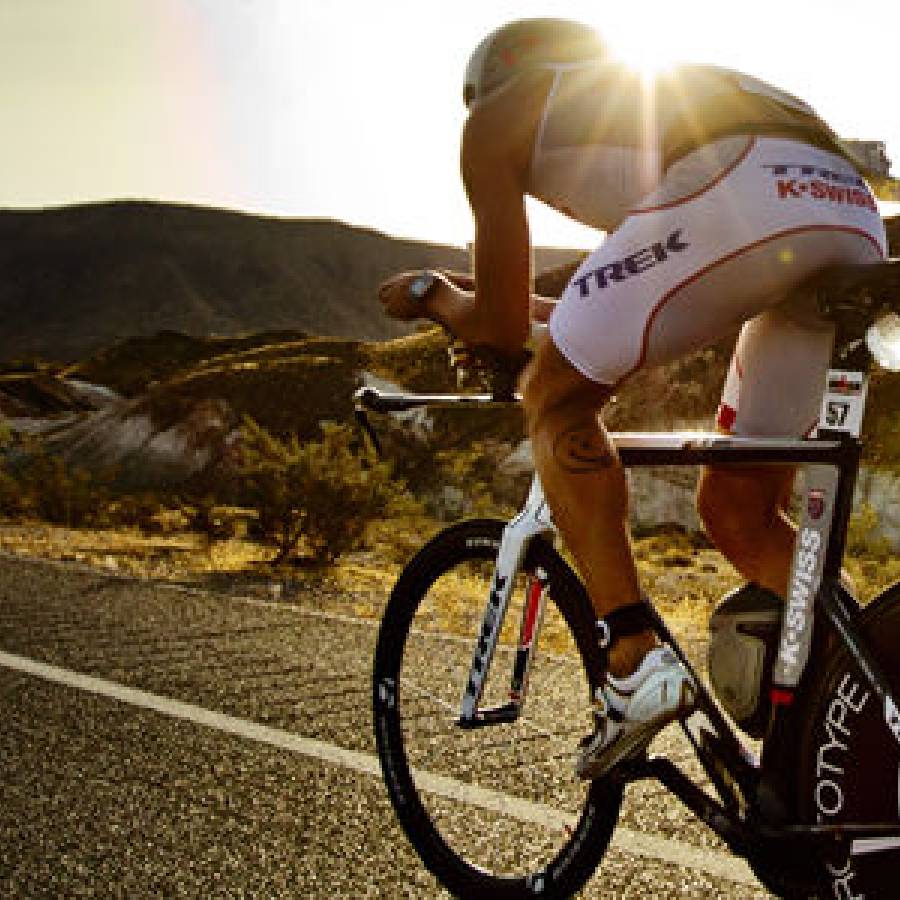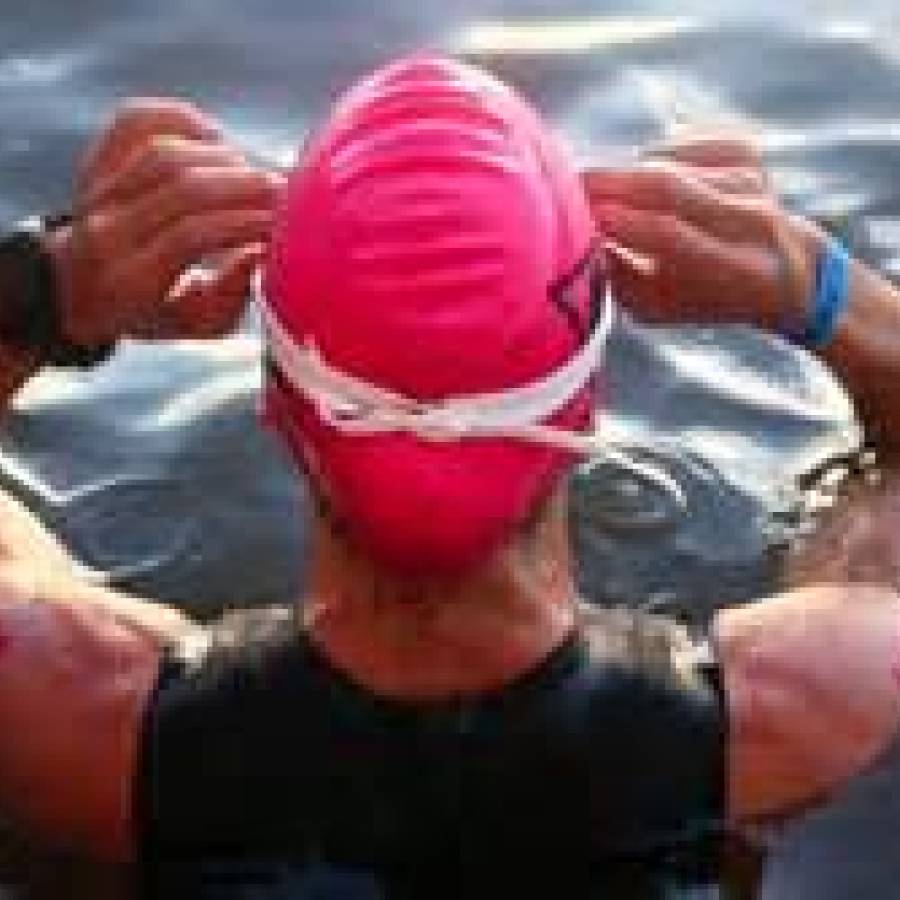What other things do you need to consider when developing a race nutrition plan?
Environmental Considerations:
The environmental conditions which an athlete may face on race day means the race nutrition plan should be adaptable. Temperature, humidity, and altitude will impact hydration and electrolyte requirements. Training or racing in a hot environment increases rates of carbohydrate oxidation, mainly from muscle glycogen stores. The capacity to digest and absorb ingested carbohydrates in the heat is also impaired. Heat acclimation strategies leading up to events can help. Tolerance to high rates of carbohydrate ingestion in hot conditions should be practiced. Consuming large quantities of carbohydrates in the heat on race day for the first time will almost always result in gastro intestinal issues.
Altitude is another consideration to keep in mind. Ascending to high altitude places a greater reliance on carbohydrate stores to fuel exercise. At high altitudes, the ability to generate energy from ingested carbohydrates is reduced. Undergoing a period of altitude acclimation can overcome these effects.
Many athletes turn to supplements to boost their performance. Making an informed decision about which supplements to use is often best done in consultation with a registered sports nutritionist or dietitian. A sports nutritionist or dietitian will be able to advise on which supplements an athlete would benefit from, depending on their habitual diet, physiology and athletic goals.
Caffeine is perhaps the most common supplement used by athletes when training and racing. This is due to the positive effects it can have on endurance and cognitive performance. The most effective dose of caffeine is 3 and 6 mg per kg of bodyweight. However, first timers should start with a low dose (less than 3 mg per kg bodyweight). For training and racing, get caffeine from carbohydrate containing gels, chews and drink, as well as stand-alone caffeine products. First dose is best taken in the final 60 minutes before training or racing. If you’re racing for more than 3 hours, additional caffeine will need to be ingested. You should know, doses above the recommendations increase the risk of nausea, anxiety, and gastrointestinal issues. Although caffeine is a diuretic, used at the recommended doses it will enhance performance without causing excess urination or fluid loss leading to dehydration.
Vitamin B12 and beta-alanine are both supplements that can help athletes perform better. Vitamin B12 helps produce red blood cells and maintain energy levels, while beta-alanine helps increase muscle carnosine levels.
Vitamin B12
- Helps produce red blood cells that carry oxygen to muscles
- Helps maintain energy levels
- Supports a healthy nervous system
- Helps maintain a healthy metabolism
- Helps produce melatonin, a hormone that promotes sleep
- A deficiency can lead to fatigue and decreased performance
Beta-alanine
- Helps increase muscle carnosine levels
- Helps reduce acidosis caused by intense exercise
- Helps improve performance in high-intensity activities that last more than 45 seconds
- Can help delay the onset of neuromuscular fatigue
- Can help increase resistance training performance and training volume
Triathletes use salt, AKA electrolyte, tablets to replenish the significant amount of sodium they lose through sweat during long-distance races, especially in hot and humid conditions, helping to prevent muscle cramps, dehydration, and maintain proper electrolyte balance in their bodies; essentially, it ensures their body can effectively move water around to function optimally during exercise.
Remember that supplements are first and foremost to correct or prevent nutrient deficiencies. In some cases, they are can be used to achieve a specific or direct performance benefit. Some of the information contained in this article came from the TriDot Coaching recertification material.
Coach Tony is a TriDot coach with the following certifications; Ironman Certified Coach, USA Triathlon Certified Coach, Slowtwitch Power Cycling Coach, Certified Slowtwitch FIST Bike Fitter, Total Immersion and US Masters Swim Instructor. www.coach-tony.com

